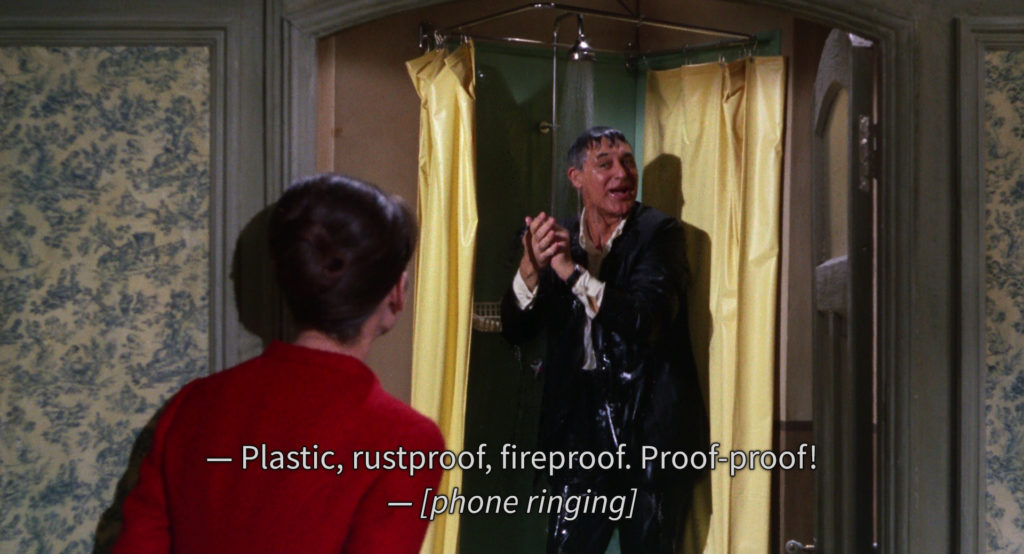To conclude our journey into the subtitling world, we would like to explore how to plan subtitles and caption work.
Subtitling requires a lot of technical knowledge and can’t be improvised and that’s why TIL has partnered with Associazione RestART to offer this service. There are many factors that must be taken into account to create good quality subtitles. Subtitling is done using subtitles software, for instance Subtile Edit, Subtitle Workshop or VisualSubSync (which are open source) or EzTitles and WinCaps Q4 (which can be bought or rented for a fee).
Generally, but it might vary according to client’s instructions and needs, all subtitles are written in white Arial font, in white, centre justified and placed at either the top or bottom of the screen (except for Japanese, where vertical positioning is allowed). Text should usually be kept to one line, unless it exceeds the character limitation (which is usually between 36 and 42 characters per line); when the text has to be broken in two lines (which is the maximum number of lines that can appear in the same subtitle), a subtitler has to follow basic principles like breaking off sentences after punctuation marks, before conjunctions and before prepositions and avoiding separating noun and adjective, first and last names or verb and subject pronoun.
By definition, a character in a subtitle is the text you type in your caption: any letter, number or symbol you use in your caption will be counted as a character. In order to ensure the easy readability of the subtitles by the audience, the subtitler has to pay attention to the CPS count, where CPS stands for ‘characters per second’, which basically measures the reading speed of the audience. Although usually the CPS count is set around 16/17 characters per second, there is no universally set rule on CPS. The CPS count ranges from 10 to 20, depending on the industry subtitlers work for.
But the CPS count isn’t the only strategy to ensure a good readability for the audience. In fact, there are other settings the subtitler has to pay attention to, starting with setting the minimum (1 second) and maximum (6/7 seconds) duration of a single subtitle. Readability, though, is not just a matter of how long the subtitle lasts on screen, but it also has to do with when it comes on and off the screen. Therefore, to make sure that subtitles don’t overlap, subtitlers have to set a minimum gap between subtitles, which usually amounts to 2 or 4 frames, depending on the client’s requests.
Frames are also important when talking about shot changes because subtitlers have to make sure that, when possible, subtitles come on and off usually 2 frames before and 2 frames after the shot change. Last but not least, readability is concerned even in the structure of a dialogue that is always put on two separate lines in the same subtitle and where each line is introduced by a hyphen.
So, subtitling rules can change depending on the client and the type of product you are working on, but the key aspect of subtitling is always readability, which is made possible thanks to details and techniques that every subtitler needs to be aware of.

